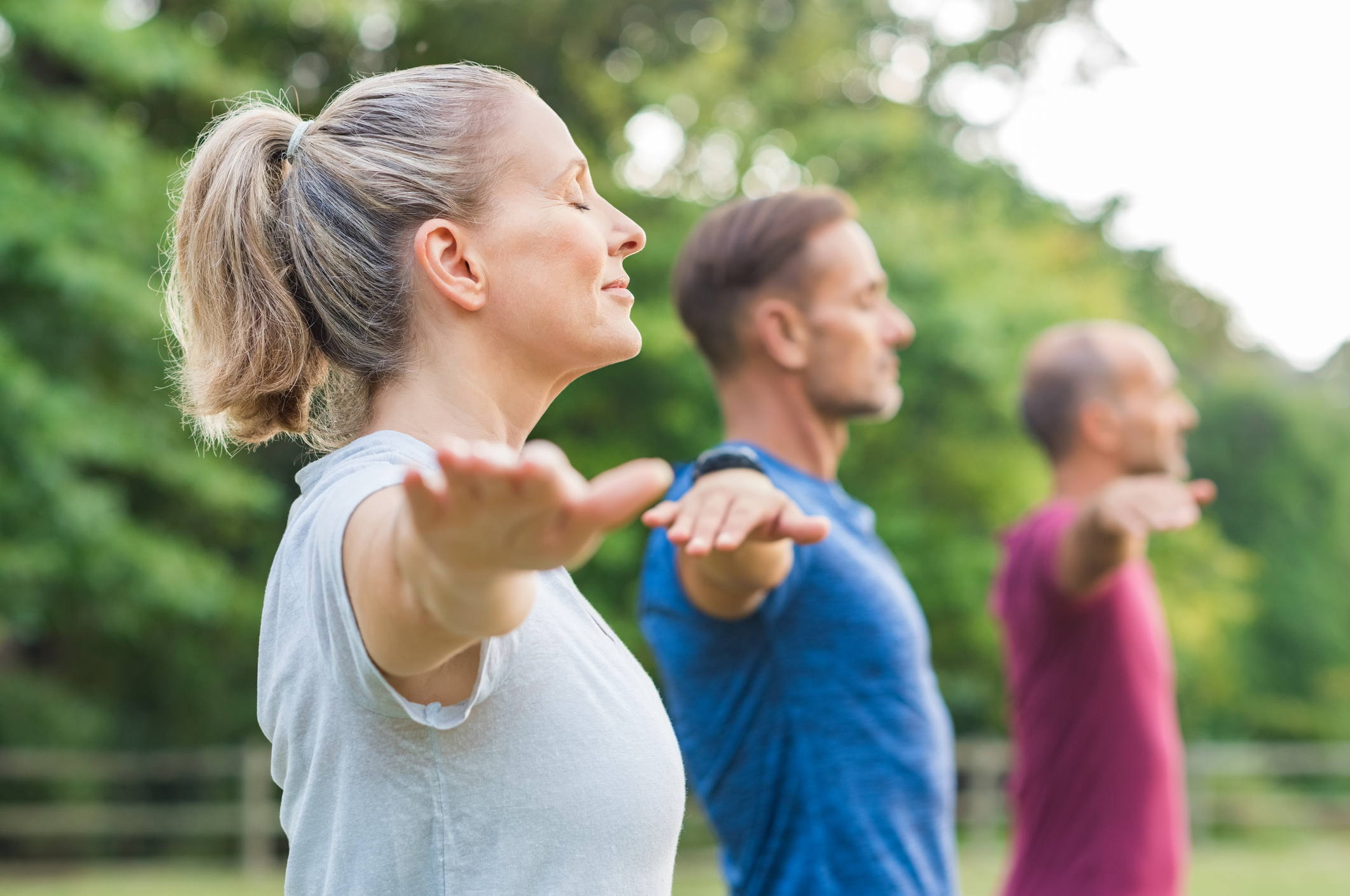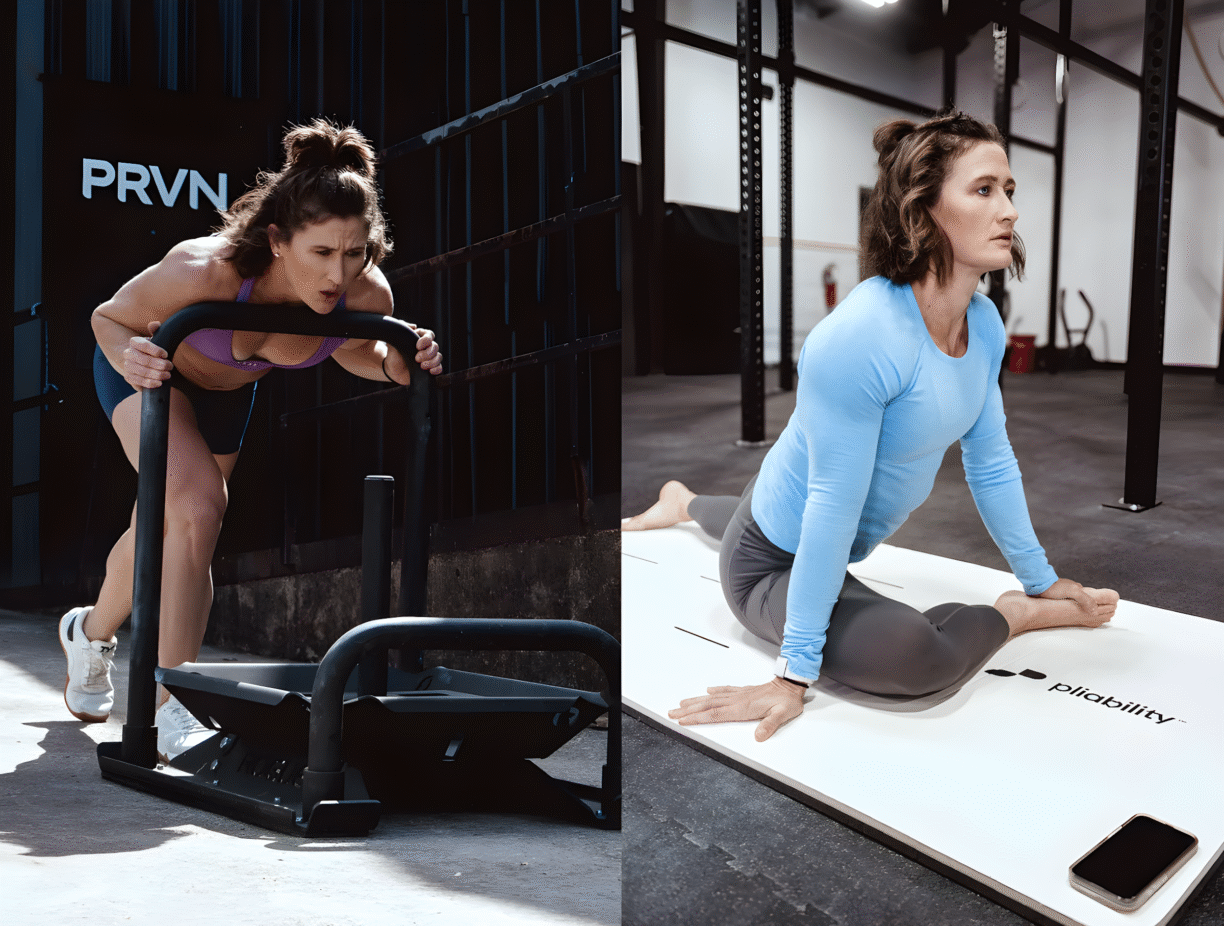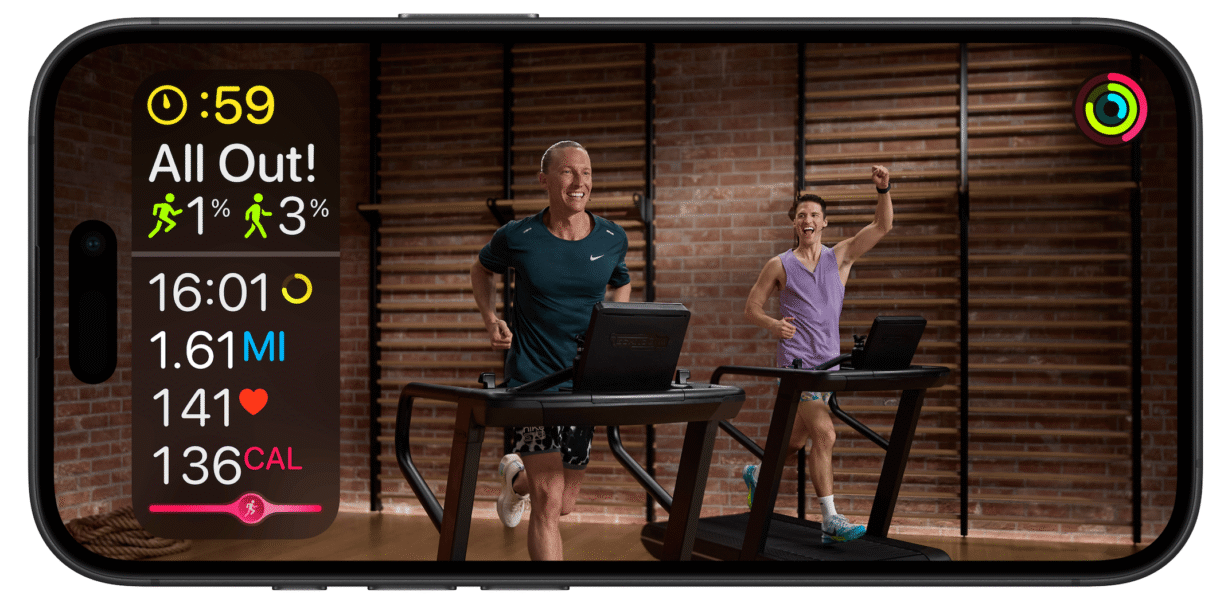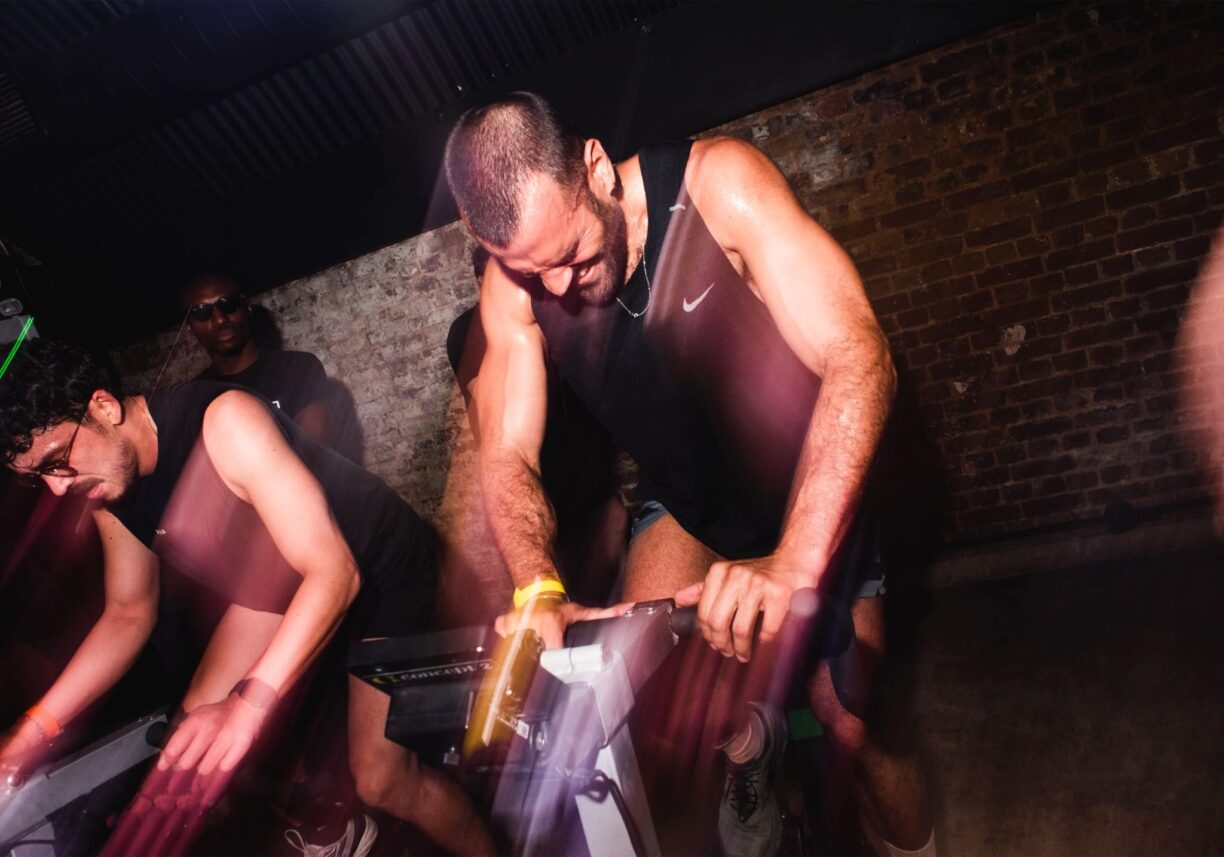With so many of us battling with the effects of stress, it’s no surprise that we’re increasingly turning to mindfulness-based therapies as a way to switch off.
When life gets overwhelming, you might have tried yoga, meditation and deep-breathing exercises to help matters – but have you tried sophrology?
The wellbeing trend has actually been around since the 1960s and is already popular in countries like France and Germany, but it’s only now that it’s starting to catch on over here.
Here, Dominique Antiglio, founder of BeSophro (be-sophro.co.uk) and author of The Life-Changing Power Of Sophrology (£14.99; Hodder & Stoughton), tells us more about the healing practice, and how it might just change your life…
So, what is sophrology?
Sophrology is best described as a stress management system, that uses a combination of different exercises and techniques to achieve an alert mind in a relaxed body.
“It’s an evolution of meditation and mindfulness, that blends Eastern philosophies and Western science to tap into your resilience and strength,” explains Antiglio.

The practice uses a combination of breathing, relaxation, gentle body movement, meditation and visualisation techniques that allow for what Antiglio calls a “true mind-body connection”.
“With Sophrology, you can deal with life’s challenges and create more balance and happiness in doing so,” she adds.
How does it differ from other forms of mindfulness meditation?
While both practices are essentially about being in the present, sophrology is often described as “the next step on” from traditional mindfulness.
As Antiglio explains: “Sophrology engages both the mind and body to bring you into a state of dynamic relaxation – where the body is so calm that your heart rate lowers, but your mind is clear and fully alert.”

She believes that the mind-body connection in sophrology allows you to enter this state of full relaxation more quickly and easily than other practices she’s tried.
“Your brain switches to an alpha brainwave state when you practice sophrology, which has been proven to be a deeply healing state for body and mind,” she notes.
Watching someone drill through sophrology exercises looks sort of like a cross between Tai Chi and meditation, with lots of slow body movements mixed in with moments of sitting down with your eyes closed.
In both mindfulness meditation and sophrology, you’re taught to focus on the present – but with latter, you can also learn to change the narrative of how you feel, to affect your perspective of the future.
“One of the principles in sophrology states that we can decide how we are going to experience certain events, even when we can’t change them,” Antigillo explains. “This makes us responsible for our experience and how we respond to situations, which can be very appealing for people who are solutions orientated.”
What are the benefits?
Sophrology is said to be beneficial for those who feel the need to relax, recharge and re-centre. “It helps to improve the quality of your sleep, increase energy levels, sharpen focus, helps you let go of anxieties and decreases stress levels,” says Antigillo. “It is also a great tool to help you prepare for important events, like presentations and interviews, where you are nervous or lack confidence.”
Antiglio first began practising sophrology when she was just 15 and living in Switzerland. “I noticed a change in the way I was thinking after just one session, and I immediately felt more positive and energised,” she recalls.
She began a career as an osteopath – but a growing belief that many of her clients’ pains and tensions were linked to stresses in their daily lives eventually led her to train as a sophrologist.
“I became more and more interested in the power of the mind-body connection, and how we can use it to positively impact our physical selves and our lives,” she says. “It has become an important and everyday part of my life.”
How can people practice it at home?
“Sophrology is very easy to incorporate into daily life,” says Antiglio. “In fact, I practice it in between meetings and even on a train and in taxis – if I feel tense, just five minutes of simple breathing and relaxation techniques is enough to relax me.”
For beginners, guided sessions are the best way to grasp the basic techniques (Antiglio’s book comes with guided audio downloads to help get you started).
“You just need a quiet space and a comfy chair, and 10 minutes is enough to make an immediate difference,” she advises. “A guided practice is the easiest way to begin, and after a few sessions, you’ll be able to practice it yourself unguided at any time you need it.”

Two techniques you can try at home
The Pump
“Standing tall, let your arms fall straight alongside your body and clench your fists.
“Now exhale through your mouth, then inhale through your nose and hold the breath.
“As you hold the breath, ‘pump’ both your shoulders up and down until you need to exhale again.
“As you exhale vigorously, relax your arms and hands completely, allowing all tension and tightness to drain simultaneously through the arms and hands.
“Repeat until you notice you feel calm once more.”
The Tratac
“Hold one arm straight in front of you and focus your gaze on your thumbnail.
“Inhale through your nose and hold your breath, while very slowing drawing your thumb towards the space between your eyebrows (your eyes will naturally cross).
“Then close your eyes and exhale through the mouth. Then repeat.
“This technique, which engages your brain and body, increases your ability to focus on a single task.
“Repeat three times or until you feel focused and fully engaged.”





